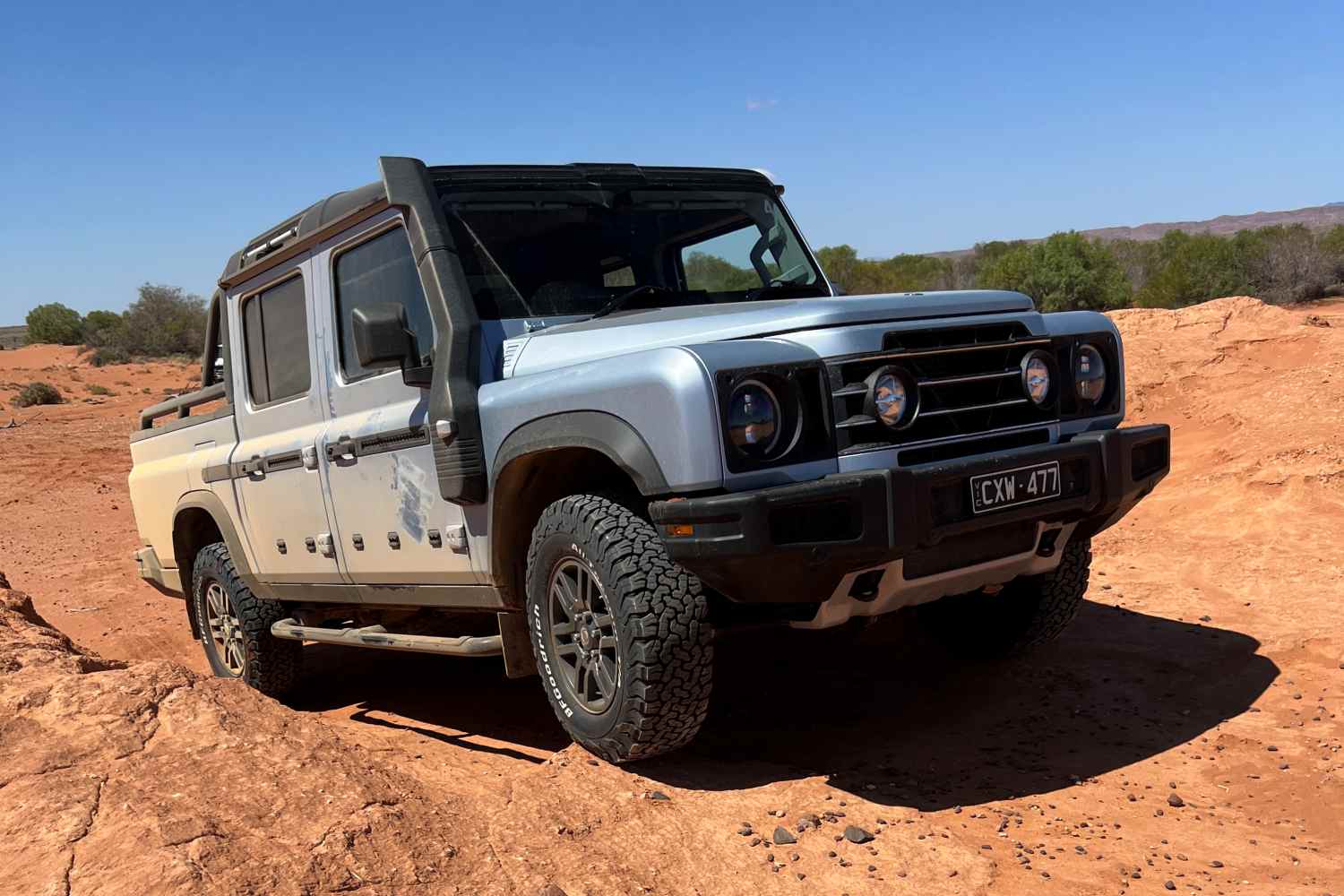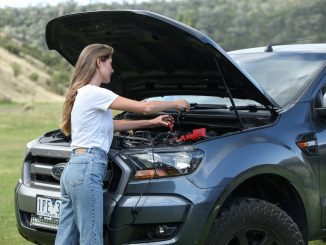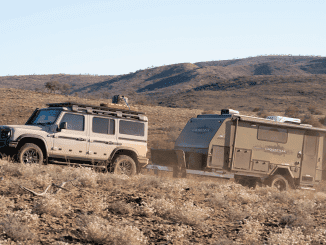Top 5 – Most breakdowns in remote travel aren’t just “bad luck” – they are usually small issues that grew due to distance, heat or load. Knowing how to spot small issues before they turn into big problems is the key to safe touring.

So we’ve compiled a list of the top 5 most preventable failures, and how to avoid them on your next trip.
#1 Charging System & Battery Faults
The car battery and charging system is responsible for powering all accessories, like your headlights, radio and heated seats. It also powers the starter motor used to start the engine.
Common Charging System and Battery Failure Points:
- Flat or dead battery
- Faulty Alternator
- Blown Alternator Fuse.
Preventative Measures:
- Charge your battery when you are not driving your vehicle often
- Test your battery routinely, especially before long trips
- Carry spare fuses with you.
#2 Cooling System Failure & Overheating
The cooling system keeps your engine running at its ideal operating temperature for maximum reliability and efficiency.
Common Cooling System Failure Points:
- Blown or split radiator hoses
- Damaged radiator
- Old coolant / incorrect coolant mix.
Preventative Measures:
- Regular maintenance: Flush coolant, inspect radiator and hoses for signs of wear.
- Coolant will typically need to be flushed every 2-5 years or 50,000 to 100,000 Though, this can vary depending on the manufacturer.
- Carry spare coolant and hoses.
#3 Unexpected Warning Lights or Limp Mode
Modern 4WDs rely on Electronic Control Units (ECU), sensors and emissions systems to run efficiently. When something isn’t quite right, the vehicle may reduce power (limp mode) to protect itself.
This is good for preventing damage, but frustrating when you’re hours from the nearest town.
Common Warning Lights & Limp Mode Causes:
- MAF/MAP sensor contamination (dust or oil vapour)
- Diesel particulate filter (DPF) blocked
- Boost leaks from split intercooler hoses or loose clamps
- Faulty modules or sensors.
Preventative Measures:
- Regularly check and clean MAF/MAP sensors
- Carry out a pre-trip inspection: Inspect all hoses, check fluid levels and filters.
- Carry a handheld OBD2 Scan tool to read and clear codes. Scan tools can also help you determine whether a fault is major or minor.
#4 Bad Fuel or Running Out of Fuel
Fuel stops in remote Australia can be a few hundred kilometers apart – which is not exactly the best place to run dry!
Common Fuel System Failure Points:
- Bad fuel: Fuel quality can vary in remote locations.
- Poor planning & running out of fuel
- Leaking fuel lines or damaged fuel tank.
Preventative Measures:
- Inspect fuel lines on your pre-trip inspection
- Regularly replace your fuel filter at services
- Carry spare fuel & a fuel filter with you on your trip.
#5 Flat Tyres or Damaged Wheels
Your tyres should (hopefully) be the only part of your vehicle touching the ground. For this reason, they are particularly susceptible to damage and wear.
Common Tyre Failure Points:
- Poor wheel alignment causing excessive and uneven wear
- Tyre pressures too low or too high
- Punctures and damage.
Preventative Measures:
- Check tyre pressures and tyre condition regularly
- Carry at least one spare tyre
- Carry a puncture repair kit.
Small Checks, Big Peace of Mind
The key to reliable travels is regular maintenance and carrying the right spares. When you’re travelling remote, you don’t want to break down hours from the nearest town. Fortunately, with the right preparations, you can minimise your time spent on the side of the road.
- Regularly service your vehicle and carry out a pre-trip inspection
- Take 5-minutes at each stop to check over your vehicle
- Carry the right spares: Know your vehicle, ask your mechanic and fellow tourers.
Preparation doesn’t have to be expensive, it just needs to be done. A little time taken now can prevent headaches later, keeping your adventure on track.


